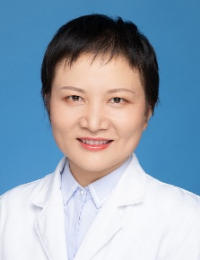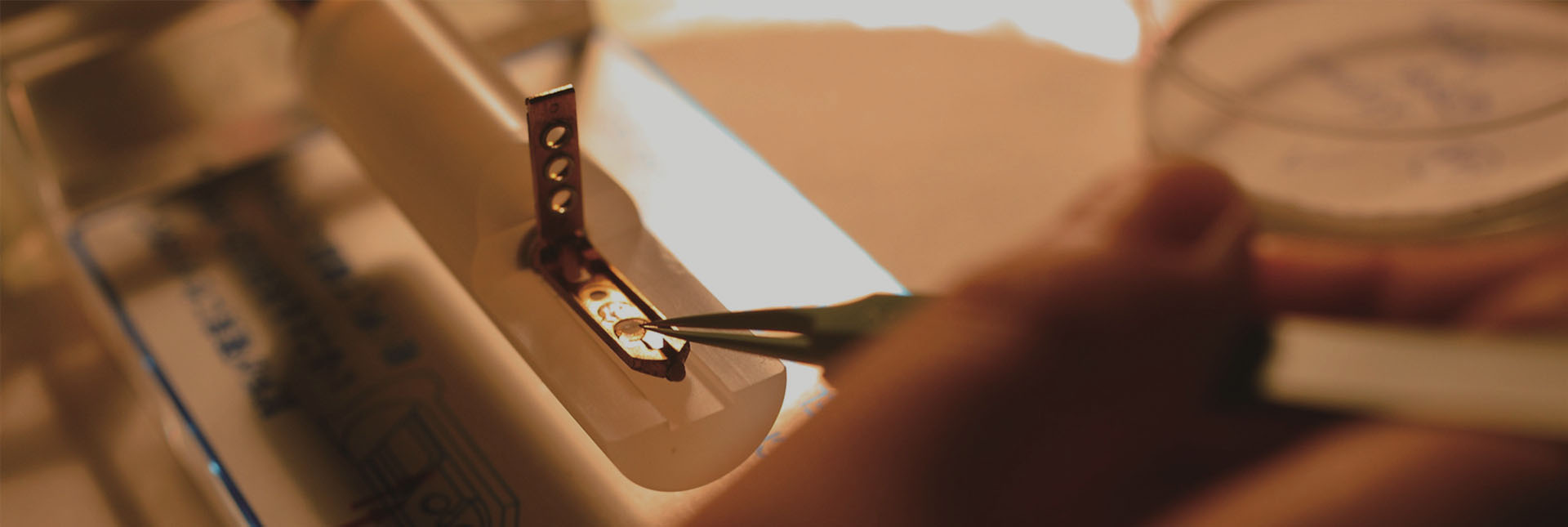MAO Lixia

MAO Lixia
Associate Professor
Email:amaomao80@126.com
Biography
Dr. Lixia Mao, associate professor of Center of Craniofacial Orthodontics, Department of Oral and Cranio-maxillofacial Surgery, the Ninth People's Hospital, Shanghai Jiao Tong University School of Medicine; College of Stomatology, Shanghai Jiao Tong University. She is now the membership in Orthodontics of the Royal College of Surgeons of Edinburgh; committee membership of China Dental Facial Aesthetic society of Chinese Association of Plastics and Aesthetics; Membership of World Foundation of Orthodontics; Membership of the Charles H. Tweed International Foundation. Her clinical research focuses on orthodontic treatment of complex dental and maxillofacial deformities, mainly including digital surgery first approach of skeletal malocclusion, sequential orthodontic treatment of cleft lip and palate. Combined orthodontic and orthognathic surgical treatment is often used to correct Skeletal malocclusion. The treatment process is divided into orthodontic first or surgery first, the latter is more conform to patients' expectation due to the rapid change of face shape. However, some deficiencies restrict the large-scale application of surgery first approach. With the development of digital technology, the disadvantages of surgery first approach are gradually being improved. We tried our improved fully digital “accurate tooth-bone movement surgery first approach”, which can reduce the difficulty of postoperative orthodontics, shorten the orthodontic treatment time, and enable the patient to obtain aesthetic facial profile and normal occlusion, and had a high acceptance among patients. Her basic research focuses on the mechanism of biomaterials in repairing maxillofacial bone defects. Her study revealed that the morphology of micro nano composite structure on the surface of HA (mnHA) can significantly enhance the cell attachment, spreading, proliferation and osteogenic / angiogenic differentiation of periodontal ligament stem cells and dental pulp stem cells. Moreover, the mnHA could not only enhance osteogenic but also cementogenic differentiation of hPDLSCs. Importantly, Wnt/β-catenin signaling pathway was involved in this pro cess. Furthermore, bioactive ions released from bioceramics play important roles in bone regeneration. Her study revealed that the ion micro-environment composed of strontium, magnesium and silicon ions released by bioactive materials can promote the osteogenic / angiogenic differentiation of bone marrow stromal stem cells in osteoporosis rats in vitro, inhibit osteoclasts, and promote the regeneration of alveolar bone in osteoporosis rats in vivo. Furthermore, the study found that Sr and Si ions possessed synergistic effects on osteogenesis, osteoclastogenesis, and angiogenesis, attributed to the dominant effects of Sr ions on enhancing angiogenesis and repressing osteoclastogenesis, and the dominant effects of Si ions on stimulating osteogenesis. She has presided over 1 project of the National Natural Science Foundation of China, participated in more than 10 projects of the National Natural Science Foundation of China, and presided over 2 municipal bureau level projects; She have published 7 SCI papers as the first author or corresponding author, and have published 6 Chinese papers in Chinese Core journals as the first author or corresponding author. She also have participated in the compilation of 2 monographs and the main translation of 1 monograph.



